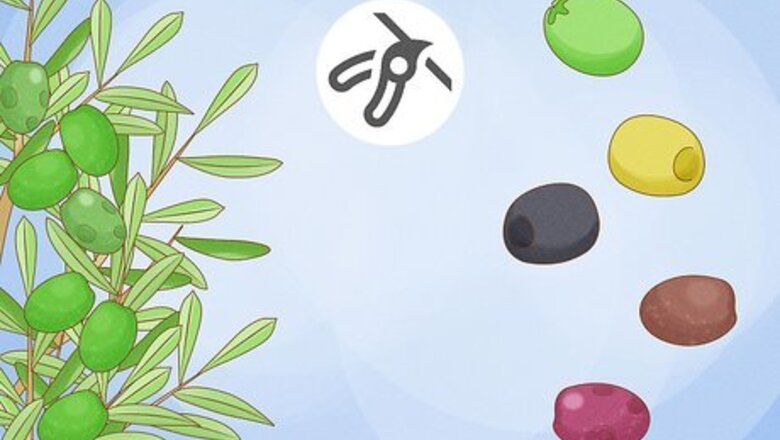
views
- Harvest olives in late summer or fall by picking them by hand, or laying a tarp under the tree and shaking the branches.
- Pick olives when they’re green, yellow-green, rosy-brown, or black. Green olives tend to be more intense and bitter, while darker olives are more mild.
- Pit your olives and place them in an airtight container. Soak them in a salt brine for 1 week, taste them, and repeat with fresh brine until they’re at your desired flavor.
Picking Olives
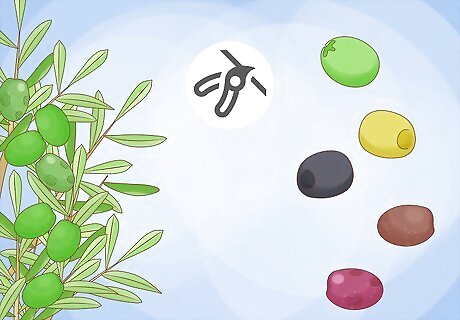
Pick ripe olives in the late summer to fall. In the Northern Hemisphere, you typically pick olives from late September to mid-November, while in the Southern Hemisphere, harvesting goes from April to July. Olives have various stages of ripeness that determine their taste and oil content. They get darker as they ripen, starting at a bright green, turning slightly yellow, transitioning to a rosy, brown hue, and then finally reaching a deep brown or black color. Bright green olives: these are very firm and have a bitter, grass-like flavor. They have a long shelf life and don’t contain a lot of oil. Yellow-green olives: these have a more fruity, but still bitter, taste and produce a cloudy juice. Lots of harvesters pick their olives at this stage. Rosy brown olives: these olives are still firm and have a slighter bitterness. At this stage, they’re considered to be at peak oil content. Dark purple or black olives: these are more mellow and fruity with a spongy exterior. They have the shortest shelf life and produce a sweeter oil. Your olives may ripen at different times depending on the variety, temperature, amount of sunlight, and irrigation.

Pluck the olives by hand when they reach the ripeness you like. Look for low-hanging branches with olives at your desired ripeness. Put on a pair of gardening gloves and slide your hand down each branch to remove the olives, pulling your hand all the way to the bottom as if you were milking a cow. Place the olives in a bucket or bag as you work. Or, cover the ground below with a tarp and drop the olives as you pick. Collect olives that have already fallen to the ground as long as they aren’t mushy and shriveled. These olives are overripe. If you don’t want to use your hands, use a hand-held olive rake. Just pull the tines of the rake through the branches to pull off the olives and drop them to the ground. To reach higher branches, set up a ladder under your tree. Ask your family or friends to help you pick the olives to make it go by quicker. Just be sure to share your olives as your thanks!

Hit the tree branches with a rod to harvest a lot of olives at once. Lay down a plastic tarp or blanket under the branches of the olive tree. Then, lightly hit olive-bearing branches with a rod or long stick. This shakes the olives off the branches so they fall onto the tarp below. Gather up all the loose olives that you knocked off the tree when you're done. Don't whack the branches too hard or you'll break them. This method works best in the late summer or early fall when most olives are ripe. Large olive farms use machines to harvest olives. The machine goes over the olive tree and shakes its branches to remove the olives. While you can technically eat olives off the tree, you won’t enjoy their taste. Olives contain the compound oleuropein which makes them very bitter. You remove this compound when you cure the olives.
Pitting Olives
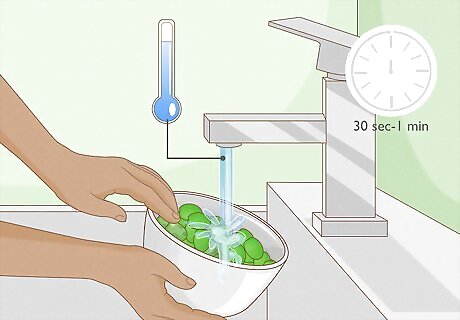
Rinse the olives under cold water to remove dirt. Prepare your olives within a few days of harvesting them, as they tend to sour quickly once they’re off the tree. Pour the olives that you picked into a colander and rinse them with water. Continue rinsing them for 30 seconds to 1 minute to remove any dirt, dust, or pesticides that may be on the olives. Once you're done, set the olives aside to let them dry.

Use a cherry pitter to remove the pits from the olives. While pitting your olives is optional, it helps them cure faster and lets you snack on them sooner. Just place the olive in the pitter and press down on the handle to push the pits out of the olives. Some grocery stores sell olive or cherry pitters, or find one online. The pit is one of the main sources of the olive's bitterness. You can't grow an olive bush or tree from olive pits, so just discard them.

Press down on the olives with a kitchen knife if you don't have a pitter. Using a kitchen knife works in a pinch, but typically leaves you with crushed olives that aren’t as visually appealing. Just place the flat side of a kitchen knife over the olives and press down on it with your palm. Then, carefully pull the pit out of the olive.
Curing Olives in Brine
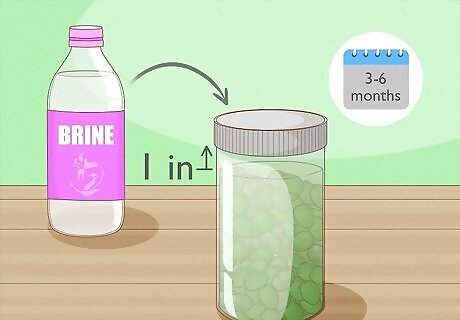
Place the olives in an airtight glass or food-grade plastic container. Soaking olives in a brine, or salt solution, is one of the best ways to cure olives and remove their bitterness, though it often takes 3 to 6 months to work. Just pour your olives into a container, such as a mason jar with a lid, that’s at least 1 quart (0.9 l). Leave at least 1 inch (2.5 cm) of space between the olives and the lid. Green olives tend to take longer to brine, as they are more bitter, while rosy and black olives cure quicker. If you don’t want to place you olives in a brine, there are other great ways to cure olives. Soak your olives in plain water for a week, changing it out every day, or dry cure them in pickling salt. Alternatively, make olive oil! Just know that the harvest from 1 tree might not make a lot of oil. It typically takes 75 to 125 pounds (34-56 kg) of olives to make 1 gallon (4 l) of olive oil.

Boil 1 cup (240 ml) of water per 1.5 tbsp (13.8 g) of pickling salt. When you make a brine, only use a pickling, canning, or coarse salt; regular table salt affects the olives’ flavor. Fill a pot with water, stir in the pickling salt, then bring the solution to a boil. Just boil enough solution to fill up each container to the top. Let the solution boil for 1-2 minutes, then remove it from the heat. For example, if you have a ½ gallon (2 l) mason jar, boil 8 cups (2 l) of water and add in 12 tbsp (110 g) of pickling salt. If you don’t want to boil the water, mix the salt into cold water. Boiling does help the salt dissolve easier, though.
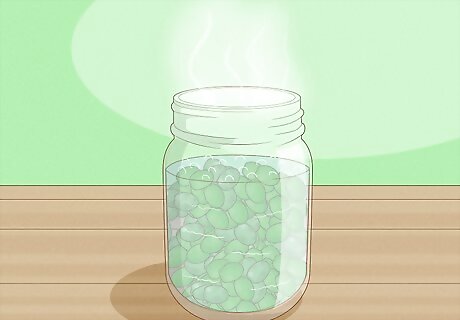
Fill the container to the top with the brine. Pour the solution into the container while the brine is still hot, making sure that all of the olives are submerged in the brine. The hot brine creates an airtight seal, which helps prevent microbial growth in your olive container. If you don't have enough brine to cover all of the olives, make more. If your olives don’t reach the top of the container, just pour in enough brine to cover the olives.

Seal the container and place it in a cool, dark place for 1 week. Find a spot in your home, such as a garage, cellar, or closet, that stays around 60 to 80°F (15-27°C) and doesn’t receive direct sunlight. Simply leave your container of olives in this spot and let the brine works it’s magic for 1 week. Make sure the lid is on tight and that the container is airtight.

Repeat the brining process until your olives are at your desired taste. Taste your olives after they’ve soaked in the brine for 1 week. If they’re still too bitter, drain the old brine out of the container and add in a fresh solution. Reseal the container and set it back in the cool, dark area for 1 week. Keep tasting and refreshing the brine until you like how your olives taste! This process may take 3 to 5 weeks or several months, depending on how bitter your olives were when you started.
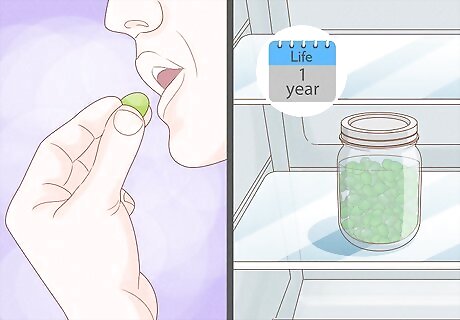
Eat the olives, or store them for up to 1 year. When your olives are done curing, enjoy them immediately as a snack or cook them into delicious pastas and other dishes. Just place the container in your refrigerator after you open it, where the olives will stay good for 3 to 4 months. Or, store them in a dark, dry area at room temperature for up to 1 year. Keep the olives in the brine solution to help preserve them.















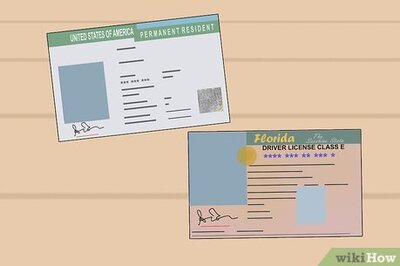


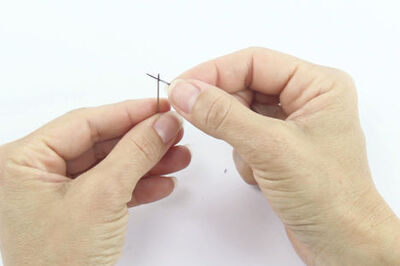
Comments
0 comment